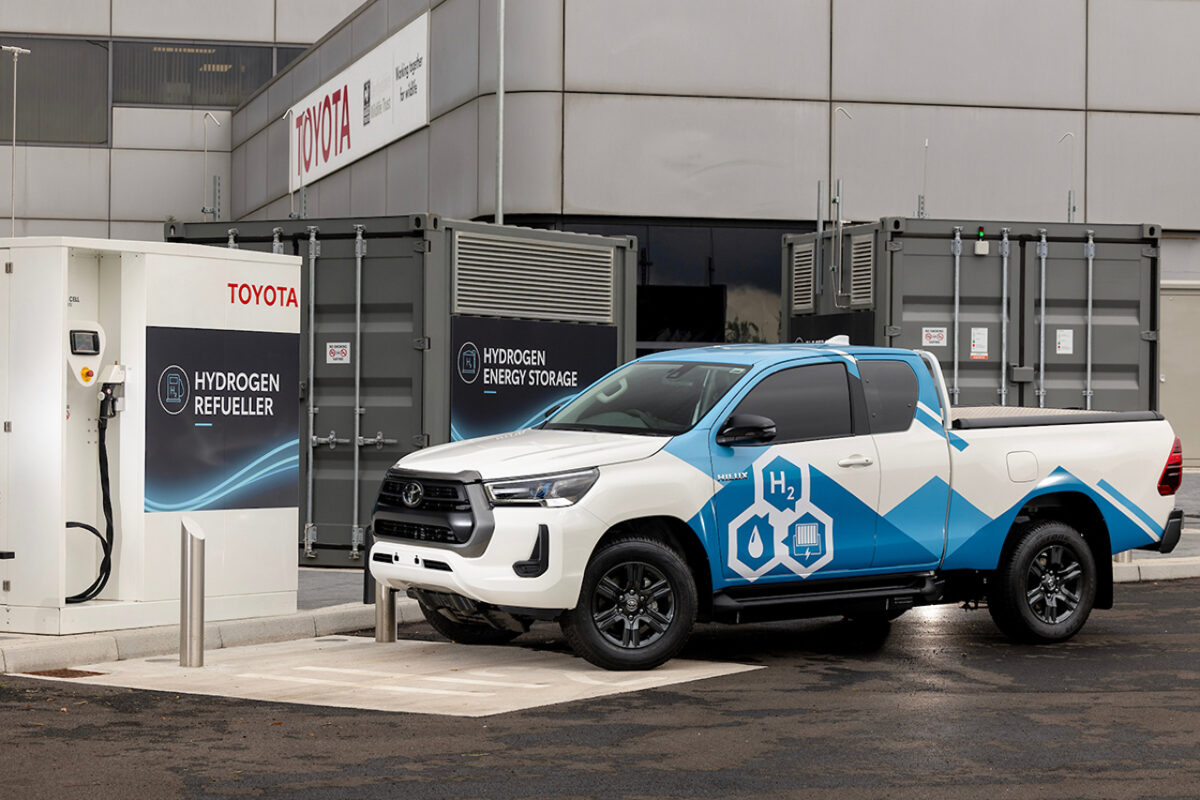Parking can be challenging for even the most experienced drivers. In the US, it is estimated that one in five vehicle incidents occurs in parking lots or garages, and one-quarter of the time, the driver is backing up. Alarmingly, two-thirds of drivers in an NSC poll said that when in parking lots they’re barely paying attention—they’re making calls, texting, queuing up music or programming their GPS.
Meanwhile, cities are continuing to evolve and, in many locations, the demand for parking exceeds the supply. Residents, commuters, tourists, and others compete over a limited number of free parking spaces, resulting in frustration, stress, congestion, accidents, and a waste of valuable time. As a result, it’s no wonder the technological advancements that enable cars to park themselves—using a set of cameras, radars, and other sensors—are becoming increasingly popular. The challenge for the automotive industry, including manufacturers and engineers, is to come up with ways to develop the artificial intelligence (AI)-powered systems required so every driver—not just premium car owners—can enjoy the liberation of stress-free parking.
Currently, there are three main automated parking solution types—parking assist systems, automatic parking systems, and autonomous parking systems—that range in the level of control they give to drivers. And as of now, several different types of AI algorithms work to sense and measure a vehicle’s surroundings to ensure a smoother and more efficient parking experience.
Automated parking solutions on the rise
For many, parking is a technical, tedious task. And despite some variables, it takes place in a relatively controlled environment, like a parking garage. The location and distance of kerbs, pillars, and other parked cars are fairly known.
Automated technologies are better than human drivers at sensing such environments in 360 degrees, including blind spots. They don’t lose patience or glance at their phones and are capable of the precision required for sliding into tight spots. In short, parking is a perfect task for automation, and assisted or automated parking technologies can provide significant safety and comfort using relatively accessible technology.

There are three main types of automated parking solutions, which vary in their level of autonomy. The basic level includes a parking assist system, which takes over the steering wheel while the driver controls the acceleration, brake pedals and transmission. The next level of autonomy is a fully automatic parking system, which requires the driver to remain in the car, activate the system, monitor the process, and be prepared to take control if necessary. Advanced versions can automatically drive around a parking lot and locate a good parking spot that will fit the vehicle safely.
The most advanced level of parking automation comprises autonomous parking systems, also called remote parking systems, that allow the driver to stand outside of the car while it independently and safely parks itself. The driver can step out of the car and remotely command it to park in a vacant spot using a smartphone.
Ultimately, the pinnacle of autonomous parking is the driver’s ability to summon a car from its parking space and have it pick up the driver on demand. In combination with smart parking lots, autonomous valet parking can be enabled, whereby the driver can leave a car at a drop-off point and activate parking using a smartphone app. The parking garage will direct the car to a free parking spot suitable for the size of the vehicle.
The brains behind the wheel
To enable automated parking at any level, a vehicle must perceive its environment, which is tricky. Perception typically requires a combination of measurements calculated from camera sensors using several types of AI algorithms. This includes object detection, involving AI-based algorithms that identify objects in the sensor data (e.g., camera input), such as vehicles, pedestrians, parking signs, etc. Drivable space detection, also known as semantic segmentation, is typically carried out by a class of AI-based algorithms that split the camera input into regions with different semantic meaning, like wall, kerb, vehicle, etc. This information is essential for understanding the scene and allowing the vehicle to manoeuvre. Geometrical perception algorithms, using input signals from the vehicle (such as speed, yaw rate, and acceleration), plus a predetermined scale of the optics and cameras’ positioning, allow accurate orientation of the vehicle in its environment and provide measurements to control the vehicle.

These algorithms start work by processing visual information. On top of that, parking automation systems often employ sensor fusion. For instance, the information coming from ultrasonic sensors or short-range radars complement visual measurements and improve their accuracy.
But collecting visual and sensor data is one thing. Actually processing the AI algorithms so a car reacts safely and appropriately is another.
Democratised processing
As of now, most cars do not support automated parking. However, many mass market vehicles already include a surround viewing system that relies on cameras and ultrasonic sensors to give drivers an idea of what’s nearby and alert them when they’re close to obstacles as they park. Still, the main contributors to a successful parking manoeuvre are the driver’s vision, line of sight, and precise control of the vehicle. In order to future-proof and democratise parking, engineers and designers need to develop a more affordable AI-based, automated solution.
For now, automated parking systems are installed mainly in premium vehicles because the cost of 360-degree sensors (cameras, radars, LiDARs, etc.), and the compute power required to process all their signals is still very high. A major driver of automated parking systems is the increasing availability and acceptance of Autonomous Emergency Braking (AEB) systems, which many regulatory bodies are beginning to mandate. In terms of technology, AEB can be enabled by using the existing surround viewing system installed in a car and adding AI processing capabilities. Once that is done, it’s a relatively simple step to create an automated parking system. In fact, some car companies already offer AEB and automated parking as a bundle.
Developments from tech companies like Hailo could prove key to bringing automated parking to mass market consumers. For example, by adding a Hailo-8 AI processor to an existing surround viewing system, a manufacturer can upgrade any vehicle to support AEB. Upgrading further to automated parking typically requires only a software update.
In the end, every car and every driving experience can be safer and more comfortable. And while we can’t help drivers with their own parking skills, we can make it so that the car knows what it’s doing.
About the author: Yaniv Sulkes is Vice President, Automotive, at Hailo


